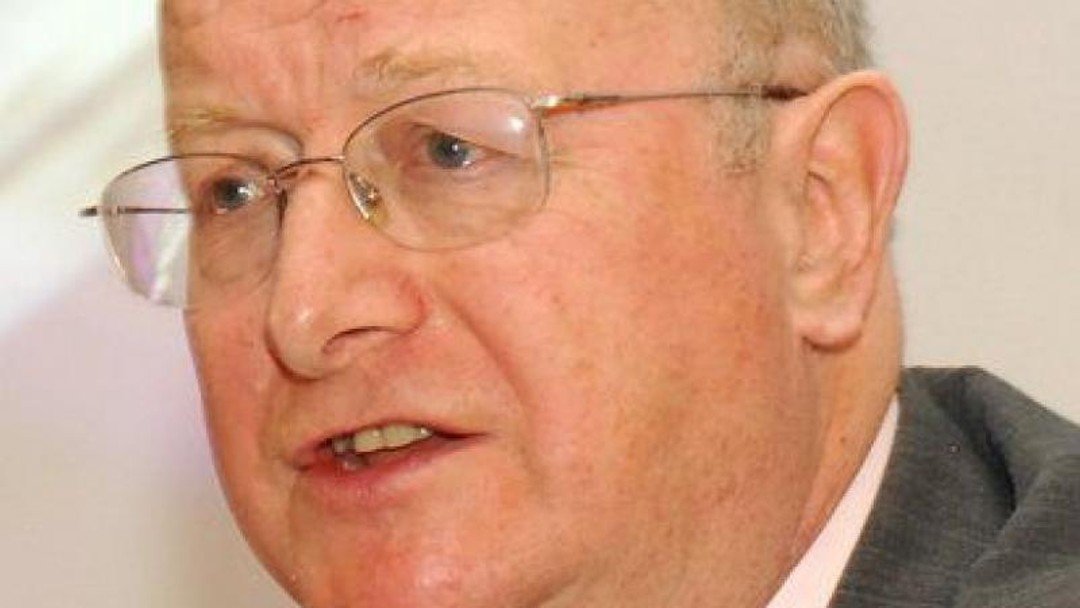Avoiding the worst perils of the corporate drift

By Nick Jarrett-Kerr, Visiting Professor, Nottingham Law School
It is all too easy to rail against the lack of effective and speedy decision making in professional service firms, particularly in firms in which every decision has to be subjected to endless and time-consuming debate involving most or all of the partners or owners.
The popular response is for firms to become more corporate and to devolve more power and authority to a senior management team headed by an authoritative CEO or managing partner. But, firms that have tried this approach have often found general partners becoming increasingly uncomfortable with livelihood-affecting decisions being made by the few, with little or no consultation with the many.
There are of course exceptions - generally, firms at which the leadership team is experienced, credible and trusted by the general partners. But, even in ?those firms, the level of communication between the top management team and the firm is often criticised, with management often criticised for being ?too decisive, too controlling and, in ?some cases, too secretive.
This is not an easy subject to get right. Some decisions need to be taken swiftly, with little time to consult. Other issues (such as potential acquisitions) are highly confidential and need to be attended by a high level of secrecy. In addition, matters of personal sensitivity (such as discussions with an under-performing partner) should never be openly and widely shared throughout the ownership group.
The answer is not of course to knee-jerk back to the bad old days of consensus politics, with frequent overlong and indecisive partners meetings, where endless and indeterminate debates are held and often only concluded when a vociferous minority of partners wears down a silent and resentful majority to ensure decisions go their way.
Nor is the answer to filter operational decisions to an executive board or committee and away from the general partners. It is not efficient for a board or management committee to find itself dealing with a plethora of minor administrative decisions.
There are at least four steps that firms of all sizes and shapes can take to ensure both that decision-making remains efficient, speedy and effective and that general partners are comfortable that they have been consulted and heard, and that the right decisions have been made.
1. Clarify decision making
Clarify the various levels of decision-making. On a formal preliminary level, it is vital for the general body of partners or owners to be absolutely clear as to which matters are going to be reserved for a vote of the partners and what majority is needed to pass resolutions.
In addition, all members of the senior management team (particularly the chair and CEO or managing partner) must have clear job descriptions that set out (among other things) the extent of their decision-making powers in measurable terms.
2. Create project 'hot teams'
Agree and set up the framework for project 'hot teams' to be involved in important strategic or capital projects such as mergers, acquisitions and major premises or infrastructure initiatives. Project hot teams should include members of the top management team, but should also draw upon the carefully-selected expertise and experience of partners at large.
The involvement of project hot teams helps to ensure partnership buy-in and to increase the depth of communication. In addition, the wider membership of these groups assists in helping to avoid any sense of disenfranchisement in ?the partnership.
3. Communicate and consult
Increase the quantity and quality of one-to-one communication and consultation. One way of achieving this is to make it part of the job description of every board or management committee to communicate and consult with a manageable (no more than ten) constituency of general partners. If the firm is too big to allow such an approach, the consultation process may have to be carried out in small groups rather than individually.
4. Formalise partner meetings
Formalise partners meetings as much as possible in order to make them more structured and effective and - hopefully - shorter. Great care should be taken to prepare a comprehensive agenda and ?well-considered suite of papers to be sent out to partners in good time so that there are no surprises.
These meetings can be difficult to chair. On the one hand, partners do not want to feel bounced or stitched-up into making decisions that they might later regret. On the other hand, time wasting must be limited by ensuring any discussion and debate is structured and time limited.
Strong leadership
At the end of the day, none of these steps will work unless you have the right people running the firm, with the right leadership and stewardship skills to ensure that the firm is successful. Almost every firm that has failed has done so because of poor leadership at the helm. These steps can provide both stability and appropriate checks and balances but, in a people business, the quality of the people is ?always a determining factor.
Nick Jarrett-Kerr advises law firms worldwide on strategy, governance ?and leadership development ?(www.jarrett-kerr.com)
